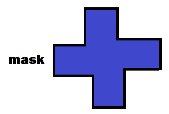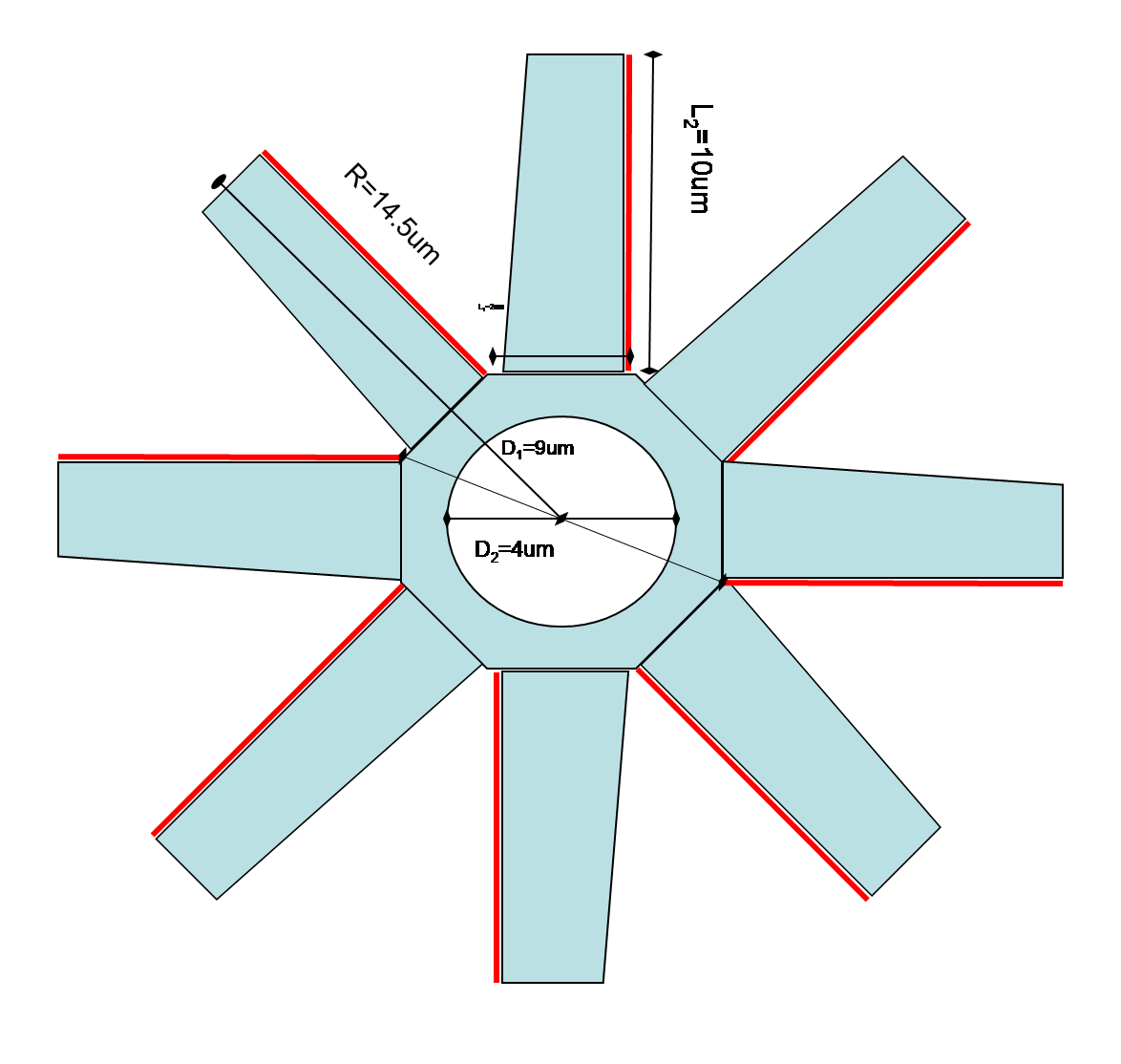Team:HKU-HKBU/Motor Design
From 2009.igem.org
Contents |
Silicon Version
For version 1, the size of motor is somewhat larger than we expected. The size of an E. coli cell is about 0.8μm, thus, the motor should have a size of approximately 50μm in order to match the bacteria. However, the precision of both human hands and Leica-crytomicrotome is around 50μm, which is just the size of motor. That is to say, we need to search for other methods to produce motor.
Here, we choose silicon as the material for motor. The micro-fabrication means of photolithography [Link 2] is applied to the production of motor. The precision of photolithography is 2μm, which is high enough to answer our purpose. The main steps of motor production process are as follows:
Step 1: Photoresist (SU-8) Spin Coating
Note:
- Typical contaminants that must be removed prior to photoresist (SU-8) coating.
- Adhesion promoters are used to assist resist coating.
- Ideally want no H2O on wafer surface.
- Wafer is held on a spinner chuck by vacuum and resist is coated to uniform thickness by spin coating.
- Resist thickness is 1-2 mm.
Step 2: Alignment and Exposure
Note:
- For simple contact, proximity, and projection systems, the mask is the same size and scale as the printed wafer pattern.
- Projection systems give the ability to change the reproduction ratio. Going to 10:1 reduction allows larger size patterns on the mask, which is more robust to mask defects.
- Normally requires at least two alignment mark sets on opposite sides of wafer or stepped region.
- We use "deep ultraviolet", which is produced by excimer lasers, as light source.
Step 3: Dry Etch
Note:
- Dry Etching is an etching process that does not utilize any liquid chemicals or etchants to remove materials from the wafer, generating only volatile byproducts in the process.
- Dry etching may be accomplished by any of the following: 1) through chemical reactions that consume the material, using chemically reactive gases or plasma; 2) physical removal of the material, usually by momentum transfer; or 3) a combination of both physical removal and chemical reactions.
- In this project, we use chemically reactive gases to consume Si.
Step 4: Photoresist (SU-8) Spin Coating
Note: Please refer to Step 1.
Step 5: Alignment and Exposure
Note: Please refer to Step 2.
Step 6: Silver Plating
Note: A silver coating is plated onto the “primary motor”, which is around 50μm thick.
Step 7: Photoresist Removal (Stripping)
Note:
- The aim is to remove the photoresist and any of its residues.
- We use hydrofluoric acid to remove the photoresist (SU-8). While it is extremely corrosive and difficult to handle, it is technically a weak acid. It can react with SiO2 and SU-8 and dissolve them, while, it cannot react with silver (Ag). Thus, we get the motor with one side coated with Ag, while the other side is not. At the same time, the substrate SiO2 has also been removed, only remaining the motors.
Step 8: Biotin Binding
Biotin can only bind on the silver (Ag) side, while the other side (Si) will have no biotin.
Previously, we have designed four kinds of motor with different shapes, which are shown in the figure below. The red lines in the figure represent the biotin binding sides.
In this project, we are going to use the final design which is shown below. The red lines in the figure represent the biotin binding sides.
The Force that the bacteria act on the motor is proportional to R. The rotational motility of the motor is proportional to 1/R3. The smaller size can offer a fast angular speed.
 "
"










